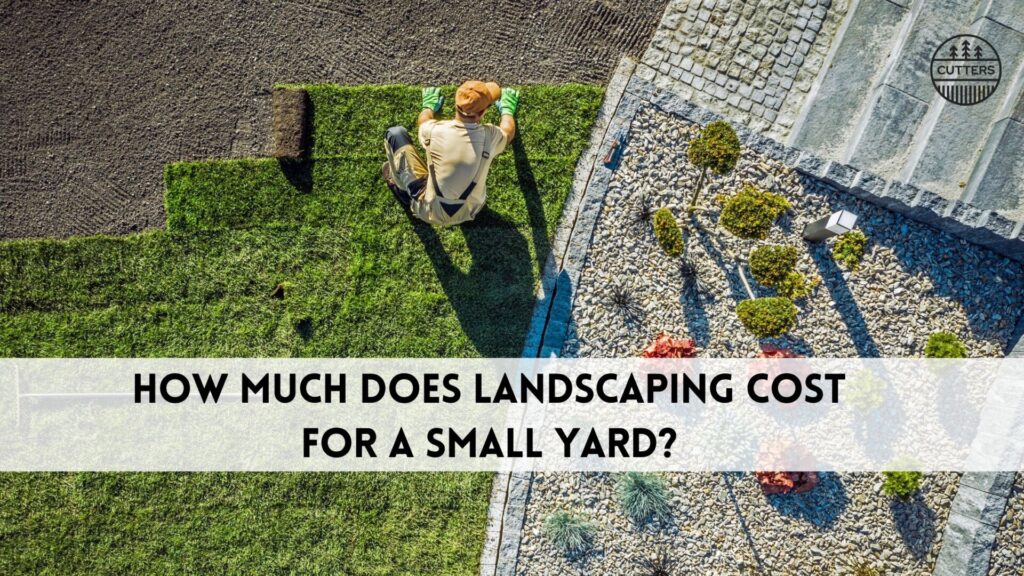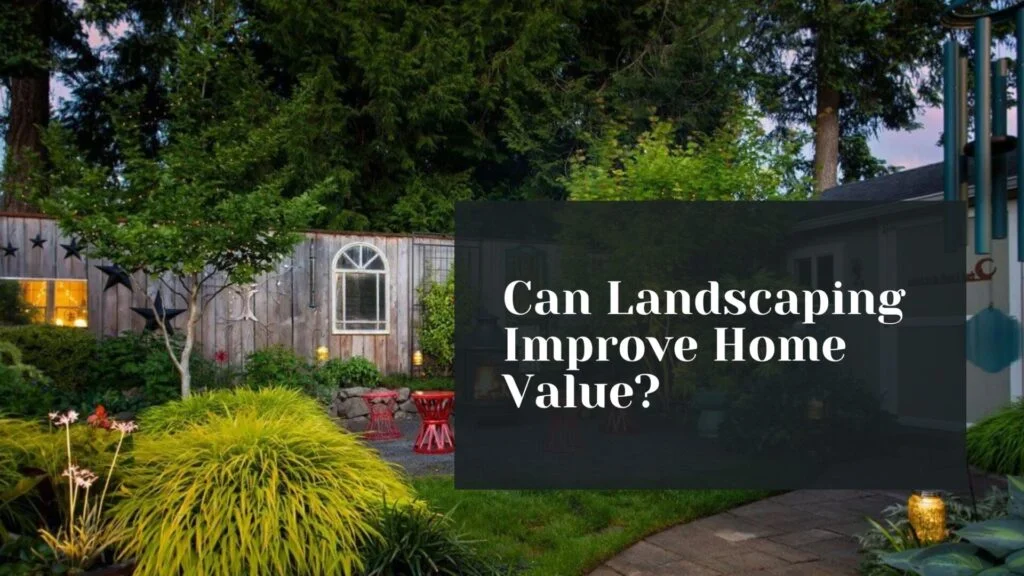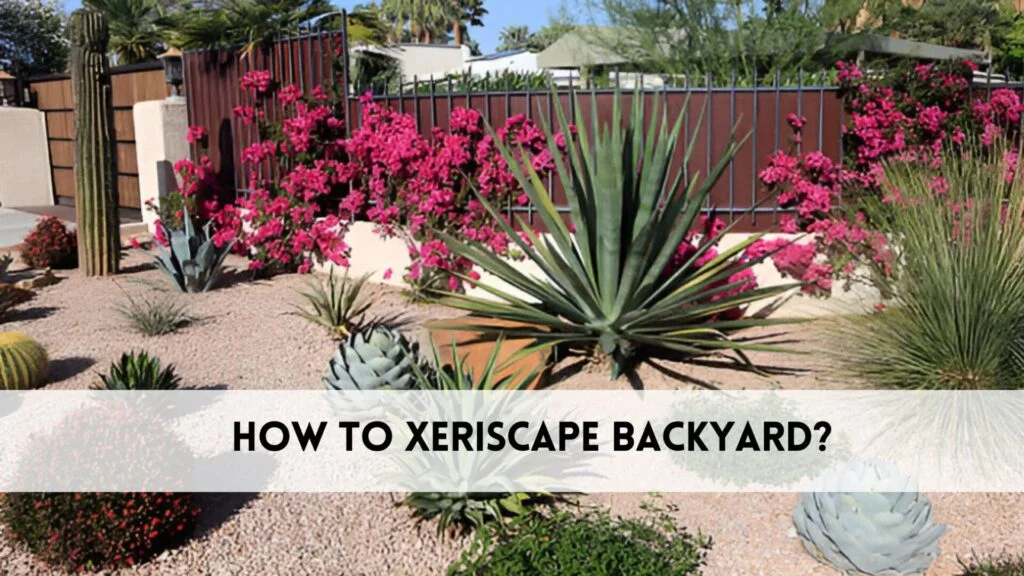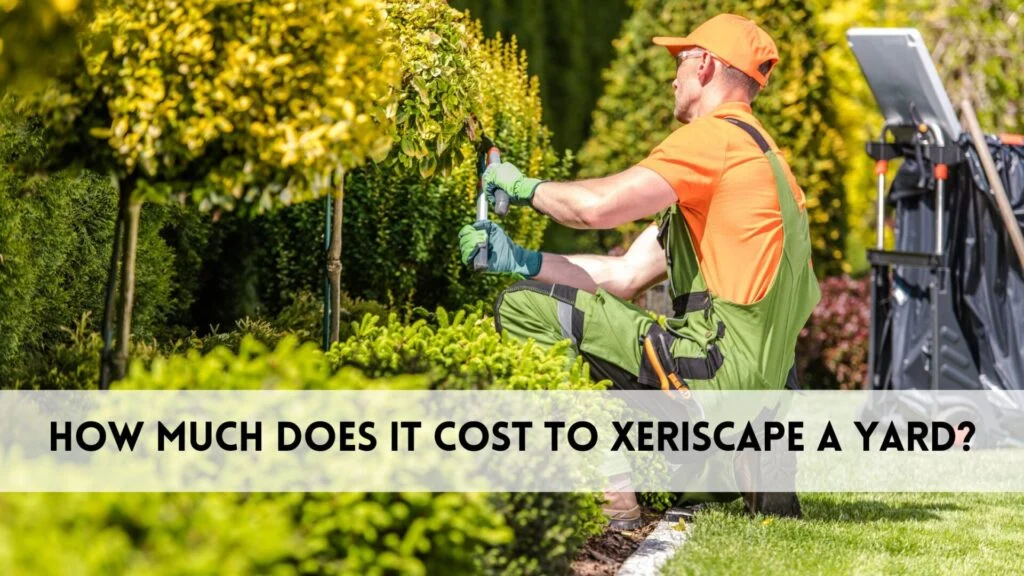Landscaping a small yard can significantly enhance your home’s curb appeal while creating a functional and visually appealing outdoor space. Whether you’re looking to boost property value or design a peaceful retreat, understanding How much does landscaping cost for a small yard is essential for effective budgeting. Costs can vary based on factors such as design complexity, material choices, and labor expenses. By planning strategically, homeowners can achieve a beautiful landscape without exceeding their budget.
Investing in landscaping is not just about aesthetics it also improves outdoor usability and can contribute to energy efficiency. From simple lawn care to intricate hardscaping projects, each element influences the overall cost. Homeowners should consider hiring professionals to optimize expenses. We’ll provide a detailed breakdown of landscaping costs, factors affecting pricing, and ways to estimate expenses, helping you make informed decisions about transforming your small yard efficiently while maximizing long-term value.
How Much Does Landscaping Cost for a Small Yard?
The cost of landscaping a small yard varies based on factors such as design complexity, materials used, and labor. The average cost of the landscaping for a small yard typically ranges from $1,500 to $5,000 with the cost per square foot between $4.50 to $12.
| Service | Estimated Cost Range |
| Basic Lawn Care | $500 – $1,000 |
| Planting Shrubs and Flowers | $1,000 – $3,000 |
| Installing a Patio | $2,500 – $6,600 |
| Pathway Installation | $1,000 – $2,500 |
Basic Lawn Care ($500 – $1,000)
Routine lawn maintenance is fundamental to landscaping, ensuring a healthy and visually appealing yard. The cost of basic lawn care typically includes:
- Mowing & Edging: Regular trimming and edging keep the lawn neat and well-maintained.
- Fertilization: Applying nutrients helps grass grow lush and green.
- Aeration & Overseeding: These processes improve soil health and encourage thicker, healthier grass growth.
Why It Matters: Consistent lawn care prevents weed growth, soil compaction, and patchy grass, which can diminish your yard’s appearance. Investing in professional lawn maintenance ensures optimal results and long-term cost savings.
Planting Shrubs and Flowers ($1,000 – $3,000)
Greenery plays a vital role in enhancing curb appeal and creating a welcoming outdoor space. The cost of planting shrubs and flowers depends on:
- Plant Selection: Native, drought-resistant plants tend to be more cost-effective and require less maintenance.
- Quantity: Larger landscaping projects with extensive plantings will increase overall costs.
- Professional Installation: Hiring a landscaping service ensures proper planting techniques and optimal placement for growth and aesthetics.
Pro Tip: Consider layering plants with a mix of shrubs, perennials, and seasonal flowers to create depth and year-round visual interest in your yard.
Installing a Patio ($2,500 – $6,600)
A patio extends your living space outdoors, making your small yard more functional for relaxation and entertainment. Costs depend on several factors, including:
- Materials:
- Concrete ($6 – $17 per square foot) – Budget-friendly and durable.
- Pavers ($10 – $25 per square foot) – Offers a customizable design with better drainage.
- Natural Stone ($20 – $40 per square foot) – Premium choice with high-end aesthetics.
- Labor Costs: Skilled professionals charge based on material complexity, excavation needs, and project size.
Why It’s Worth It: A well-designed patio increases property value and provides a designated area for outdoor seating, dining, or social gatherings.
Pathway Installation ($1,000 – $2,500)
Walkways add both function and visual structure to a small yard, improving accessibility and guiding foot traffic. Factors influencing cost include:
- Material Choices:
- Gravel ($2 – $5 per square foot) – Affordable and easy to install.
- Brick ($8 – $15 per square foot) – Offers a classic, elegant look.
- Natural Stone ($15 – $30 per square foot) – High-end option with durability and timeless appeal.
- Design Complexity: Intricate patterns or curved pathways require more labor and materials, increasing costs.
Pro Tip: Well-planned walkways not only enhance safety but also contribute to a cohesive landscape design that ties different yard elements together.
Landscaping Services for a Small Yard
Landscaping value of a small yard involves several essential maintenance and enhancement services that improve its health, appearance, and functionality.
| Service | Professional Cost | Recommended Frequency |
| Mowing | $30 – $50 per visit | Weekly in spring/summer, bi-weekly in fall |
| Weeding | $30 – $60 per visit | Monthly or as needed |
| Fertilizing | around $74 | 2-4 times per year |
| Aeration | $15 per 1,000 sq ft | Once or twice per year |
Mowing
Why It’s Important?
Regular lawn mowing keeps the grass at an optimal height, ensuring even growth and a uniform appearance. Proper mowing prevents weeds from spreading, strengthens the root system, and enhances the overall health of your lawn. Cutting grass too short can weaken it, while letting it grow too long can make it susceptible to pests and diseases.
Cost for a Small Yard
- Professional Cost: $30 – 50 per visit (weekly or bi-weekly service)
Recommended Mowing Schedule
- Spring & Summer: Once a week
- Fall: Every two weeks
- Winter: As needed (for warm-season grasses)
Weeding
Why It’s Important?
Weeds compete with grass and plants for water, nutrients, and sunlight, leading to a weak and patchy lawn. Professional weeding services involve:
- Manual removal of weeds
- Application of pre-emergent herbicides to prevent weed growth
- Mulching to suppress future weeds
Weed control ensures your yard remains lush, vibrant, and free from invasive plant species.
Cost for a Small Yard
- Professional Cost: $30 – $60 per visit (varies by infestation level)
Best Time for Weed Control
- Early Spring & Fall: Best seasons for applying pre-emergent herbicides
- Ongoing Maintenance: Monthly removal for consistent weed-free landscaping
Fertilizing
Why It’s Important?
Fertilization replenishes essential nutrients in the soil, promoting strong root development and lush greenery. A well-fertilized lawn is more resistant to drought, pests, and diseases.
Types of Fertilizers
- Slow-release Fertilizers: Provide nutrients over time for consistent growth.
- Organic Fertilizers: Eco-friendly option with natural nutrients.
- Synthetic Fertilizers: Faster results but require precise application.
Cost for a Small Yard
- Professional Cost: Around $74 per application (recommended 2-4 times per year)
Best Time for Fertilizing
- Spring & Fall: Best times for growth boost
- Summer & Winter: Optional, based on lawn condition
Aeration
Why It’s Important?
Aeration helps relieve compacted soil by creating small holes, allowing better airflow, water penetration, and nutrient absorption. This process strengthens root development and improves lawn resilience.
Benefits of Aeration
- Reduces soil compaction
- Enhances water retention
- Improves oxygen and nutrient flow
- Helps grass withstand foot traffic
Cost for a Small Yard
- Professional Cost: At least $15 per 1,000 square foot (recommended once or twice a year)
Best Time for Aeration
- Spring & Fall: Ideal seasons for maximum effectiveness
How to Estimate Landscaping Costs?
Estimating the cost of landscaping a small yard requires understanding various factors that influence the final price. By carefully considering these elements, homeowners can create a budget that aligns with their vision while avoiding unexpected expenses.
Design Complexity
The more intricate and customized your landscaping design, the higher the cost. Simple layouts with basic greenery and minimal hardscaping are generally more affordable, while elaborate designs such as tiered gardens, custom-built fire pits, or intricate stone pathways require additional labor, materials, and expertise, driving up the price. If your landscaping plan includes specialized features like curved walkways, terracing, or a Zen garden, be prepared for increased costs due to the complexity of execution.
Material Selection
The choice of materials plays a crucial role in determining the overall landscaping budget. High-end materials such as natural stone, premium hardwood, and decorative concrete can significantly raise costs. On the other hand, more budget-friendly alternatives like gravel, composite decking, or standard pavers provide a similar aesthetic appeal at a lower price. For example:
- Natural stone patio: $15 – $30 per square foot
- Concrete patio: $6 – $15 per square foot
- Gravel or mulch pathways: $1 – $5 per square foot
Opting for durable yet cost-effective materials can help strike a balance between aesthetics and affordability.
Labor Costs
Hiring a professional landscaping company involves labor charges, which typically range from $50 to $100 per hour, depending on location and project complexity. Larger projects that require skilled labor, such as installing retaining walls, water features, or lighting, will demand higher labor costs. Additionally, seasonal demand can affect pricing. Spring and summer are peak landscaping seasons, often leading to higher contractor rates.
To manage costs, consider performing simpler tasks yourself, such as planting flowers, spreading mulch, or assembling small garden features. However, to ensure safety and durability, it’s best to hire professionals for structural work.
Additional Features & Enhancements
Landscaping isn’t just about plants and grass; adding functional or aesthetic elements can enhance your yard but also increase costs. Some optional features to consider include:
- Water features (ponds, fountains): $1,500 – $5,000+
- Outdoor lighting: $100 – $500 per fixture
- Irrigation systems: $2,000 – $5,000 for a small yard
- Fire pits: $500 – $3,000
These enhancements improve the usability and ambience of your outdoor space but should be factored into the budget accordingly.
How Long Does It Take to Landscape a Small Yard?
Landscaping a small yard can take anywhere from a single day to several weeks, depending on the project’s scope, complexity, and external factors.
Type of Landscaping Project
The timeline largely depends on what kind of landscaping you’re planning. Below are some estimated durations for different tasks:
- Basic Enhancements (1–3 days): Simple upgrades like planting flowers, laying mulch, trimming shrubs, or installing small garden beds can be completed in a day or two.
- Softscaping (3–7 days): If you’re incorporating elements like sod installation, tree planting, or flower beds, expect the process to take up to a week.
- Hardscaping (1–4 weeks): More labor-intensive projects, such as patios, walkways, retaining walls, or outdoor kitchens, can take several weeks to complete.
- Full Landscape Renovation (3–6 weeks): A complete yard transformation, including grading, drainage solutions, irrigation systems, and custom-built features, requires meticulous planning and execution, extending the timeline to a month or more.
Weather Conditions
- Ideal Seasons: Spring and early fall are the best times for landscaping, as moderate temperatures and consistent moisture help plants establish quickly.
- Weather Delays: Rain, extreme heat, or frost can cause delays, especially for tasks like paving or planting.
- Seasonal Demand: Landscaping companies are busiest during peak seasons, which could extend wait times for scheduling.
Material Availability
- In-Stock vs. Special Order: Common materials like mulch, sod, and basic pavers are readily available, speeding up the project timeline. However, custom materials such as specialty stones, exotic plants, or custom-built features might need to be ordered in advance, delaying the process.
- Shipping & Supplier Delays: If materials are coming from different suppliers, delays in shipping can extend your project’s duration.
Contractor Scheduling
- Availability: Landscaping professionals often have packed schedules, especially in peak seasons. Booking in advance ensures your project starts on time.
- Crew Size: The number of workers assigned to your project can impact the speed of completion. A larger crew can handle more tasks simultaneously, reducing overall time.
Site Conditions & Preparation
- Existing Yard Condition: A clear, well-maintained yard is quicker to landscape than one requiring major excavation or debris removal.
- Soil & Grading Issues: Poor soil quality, uneven land, or drainage problems may require extra prep work, which can add days or even weeks to the timeline.
- Permit Requirements: Certain projects, such as building a retaining wall or installing an irrigation system, may require permits, which can take additional time for approval.
Final Words
So, How much does landscaping cost for a small yard? Investing in landscaping for a small yard is a cost-effective way to enhance curb appeal and boost property value. Understanding how much landscaping costs for a small yard helps in making informed budget decisions. Factors such as design complexity, materials, and labor impact overall expenses, making it crucial to plan strategically.
Hiring professionals and efficient landscaping can transform a compact space into a functional, visually appealing retreat. Prioritizing essential features and choosing cost-effective materials ensures a well-balanced investment. With proper planning, you can achieve a stunning outdoor space without exceeding your budget.



